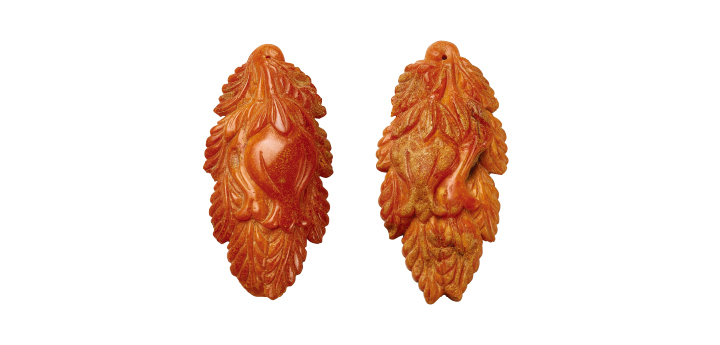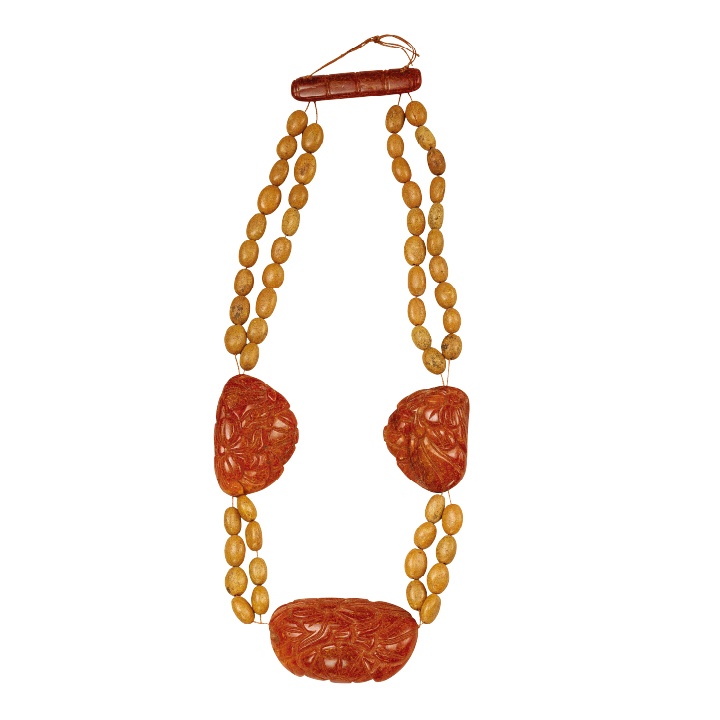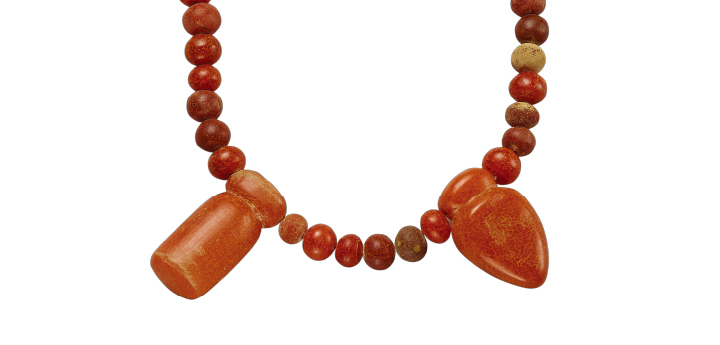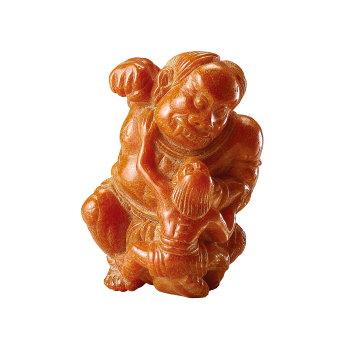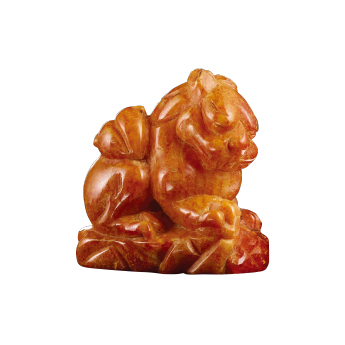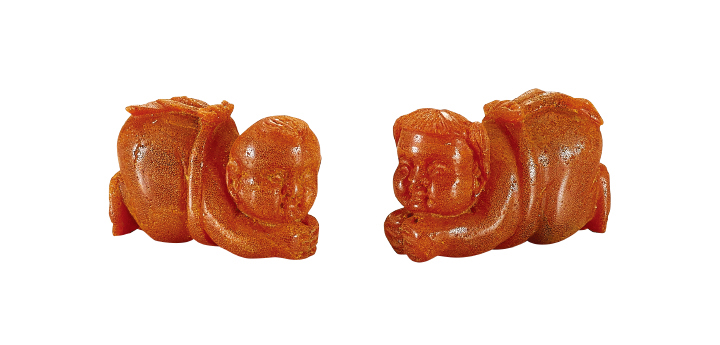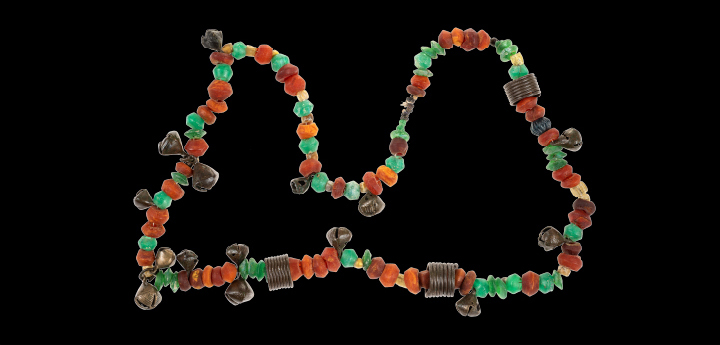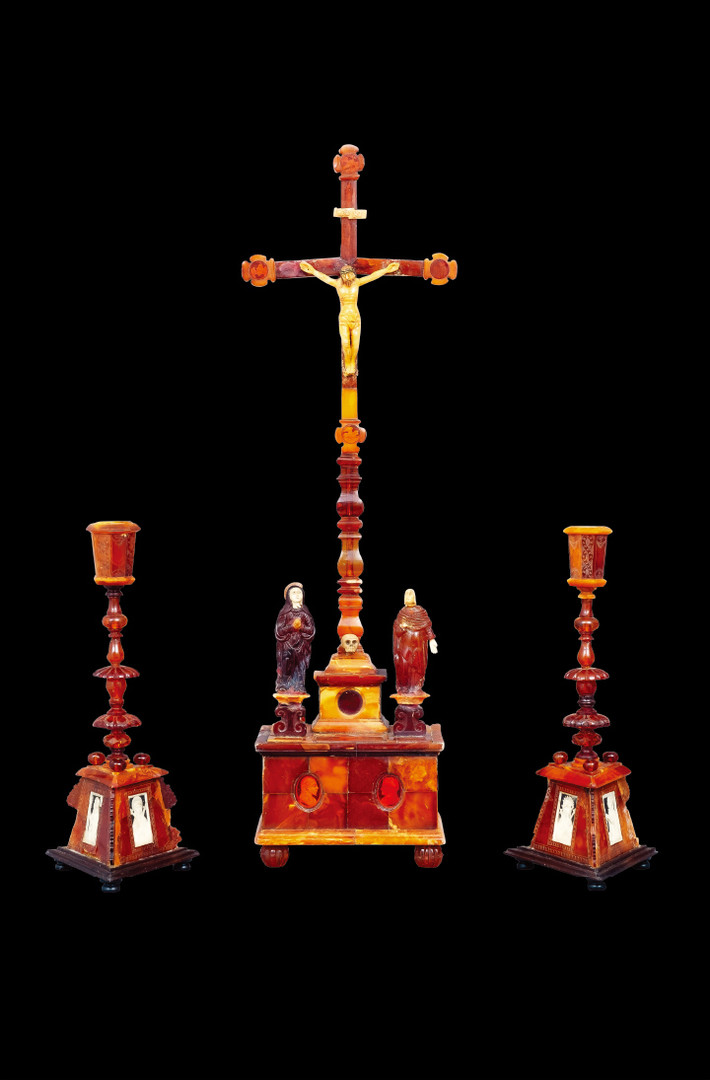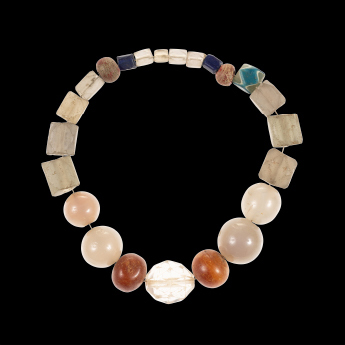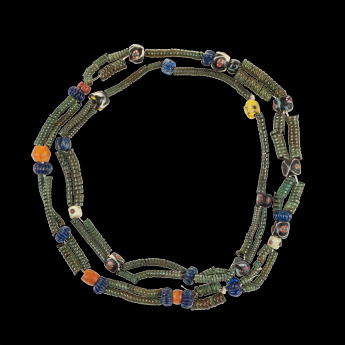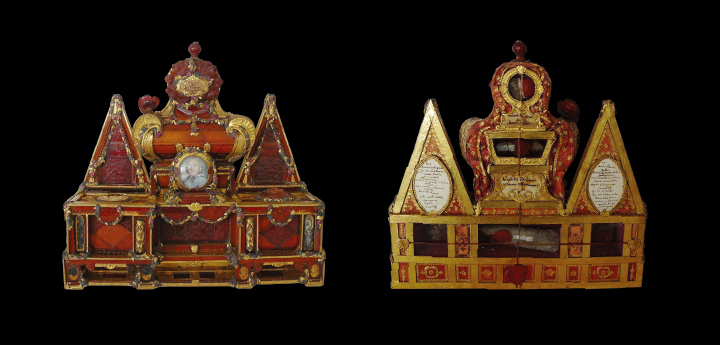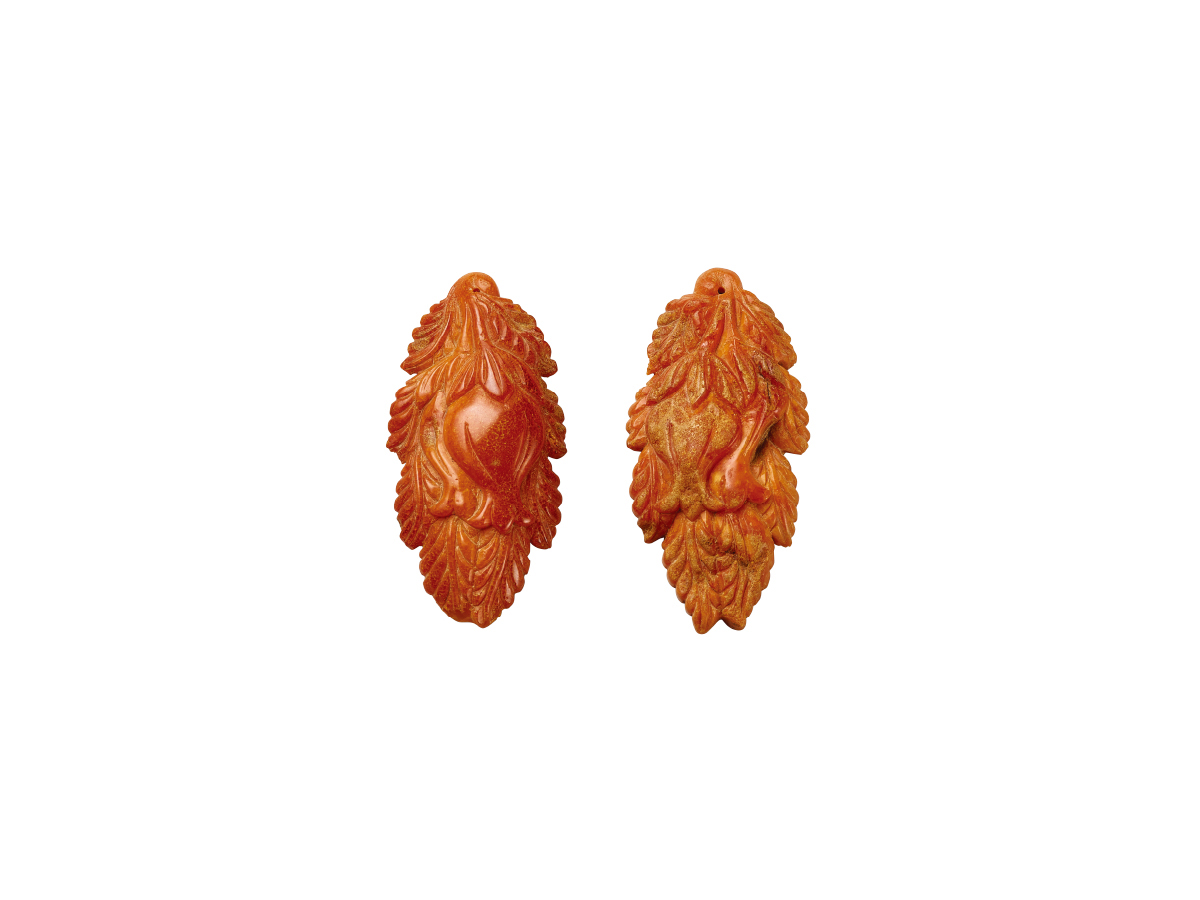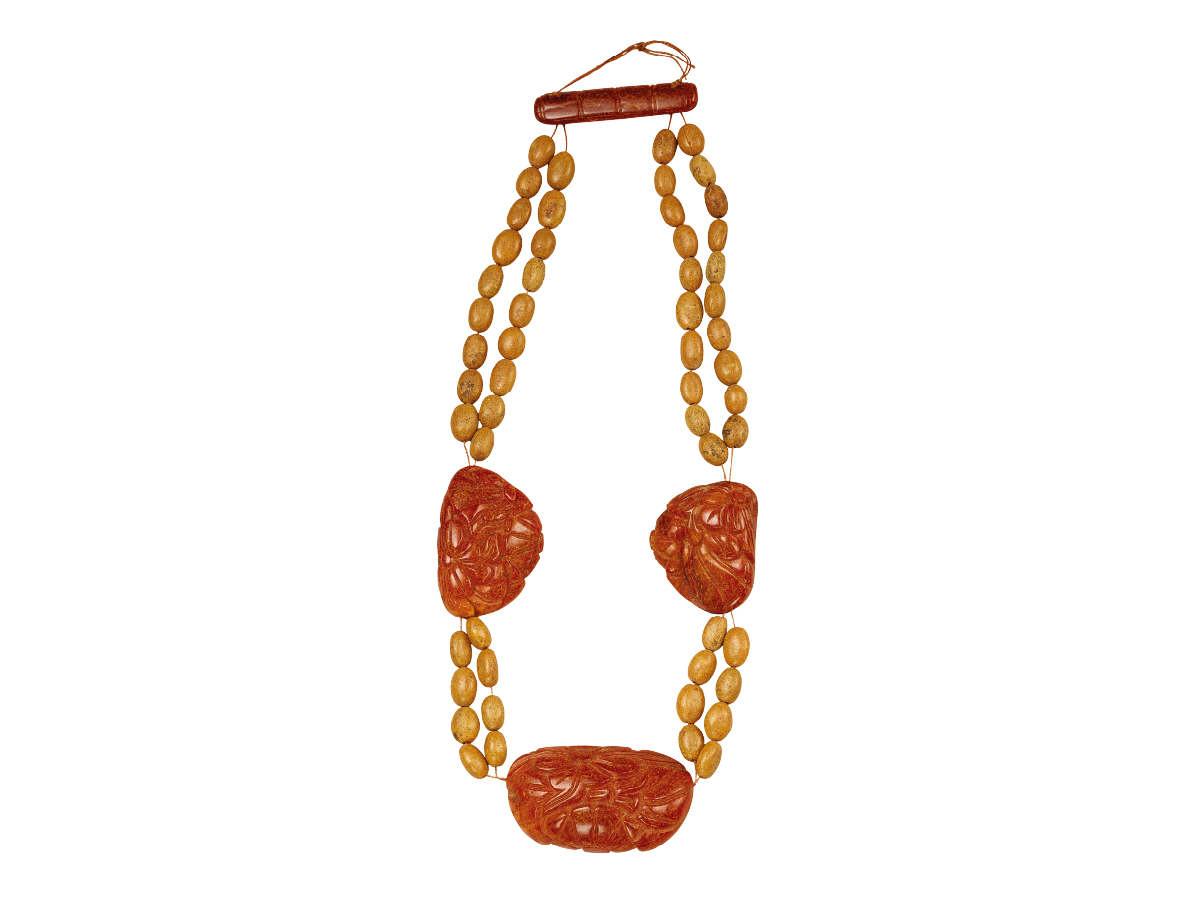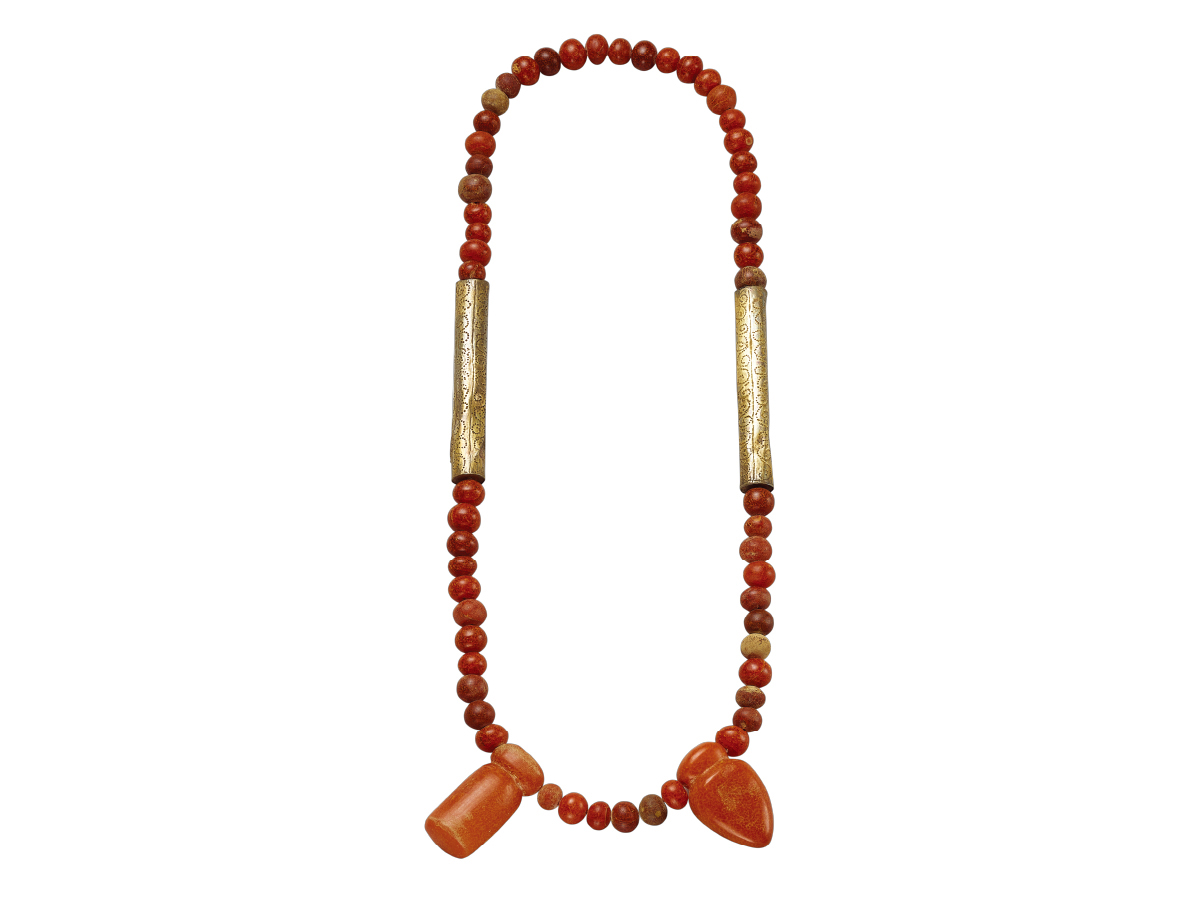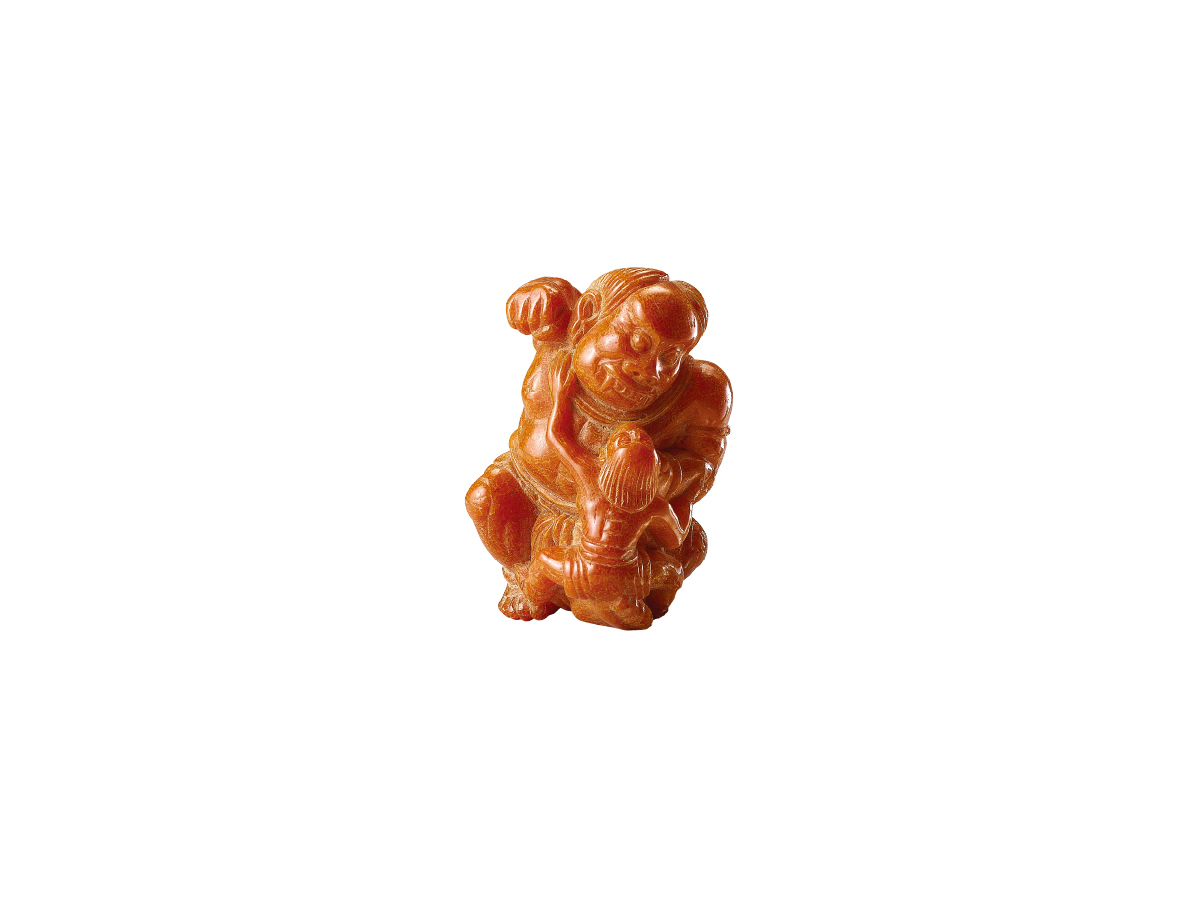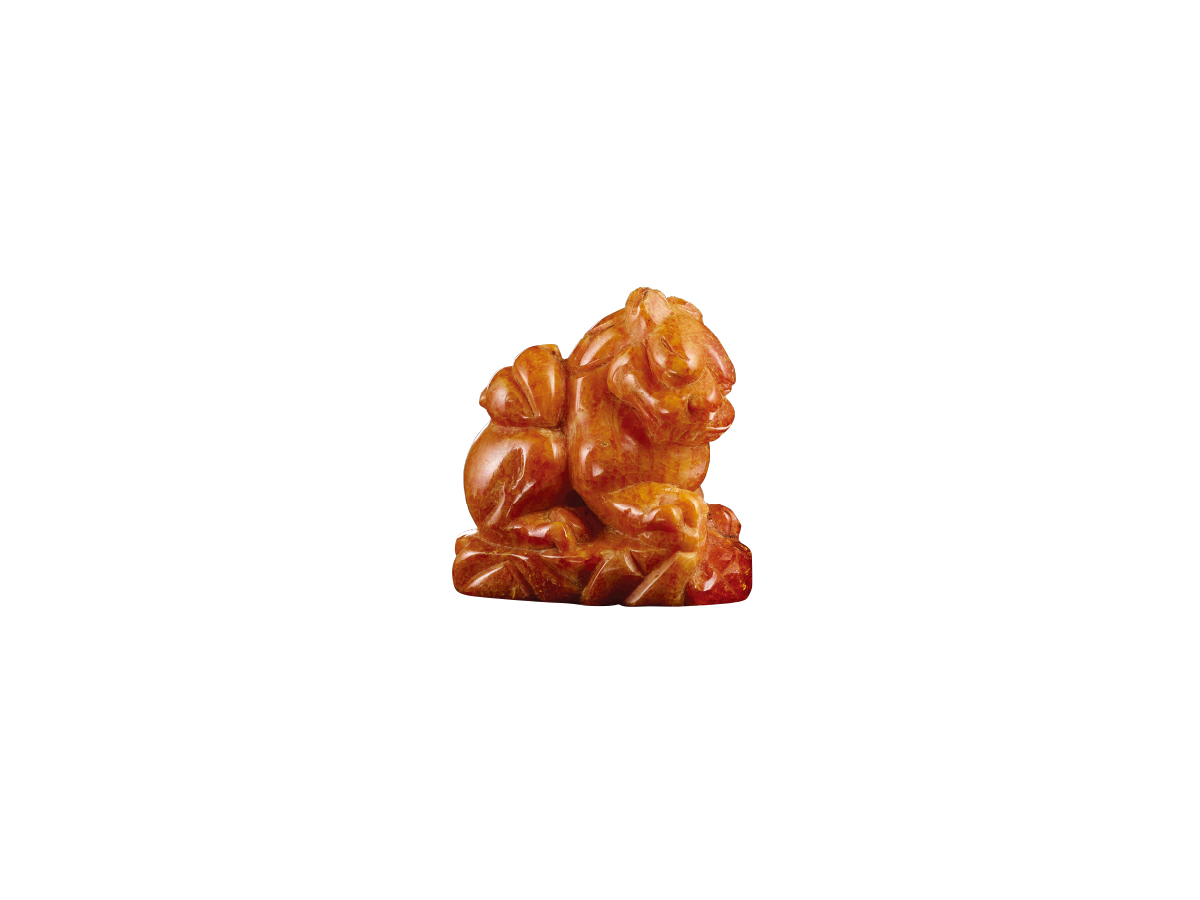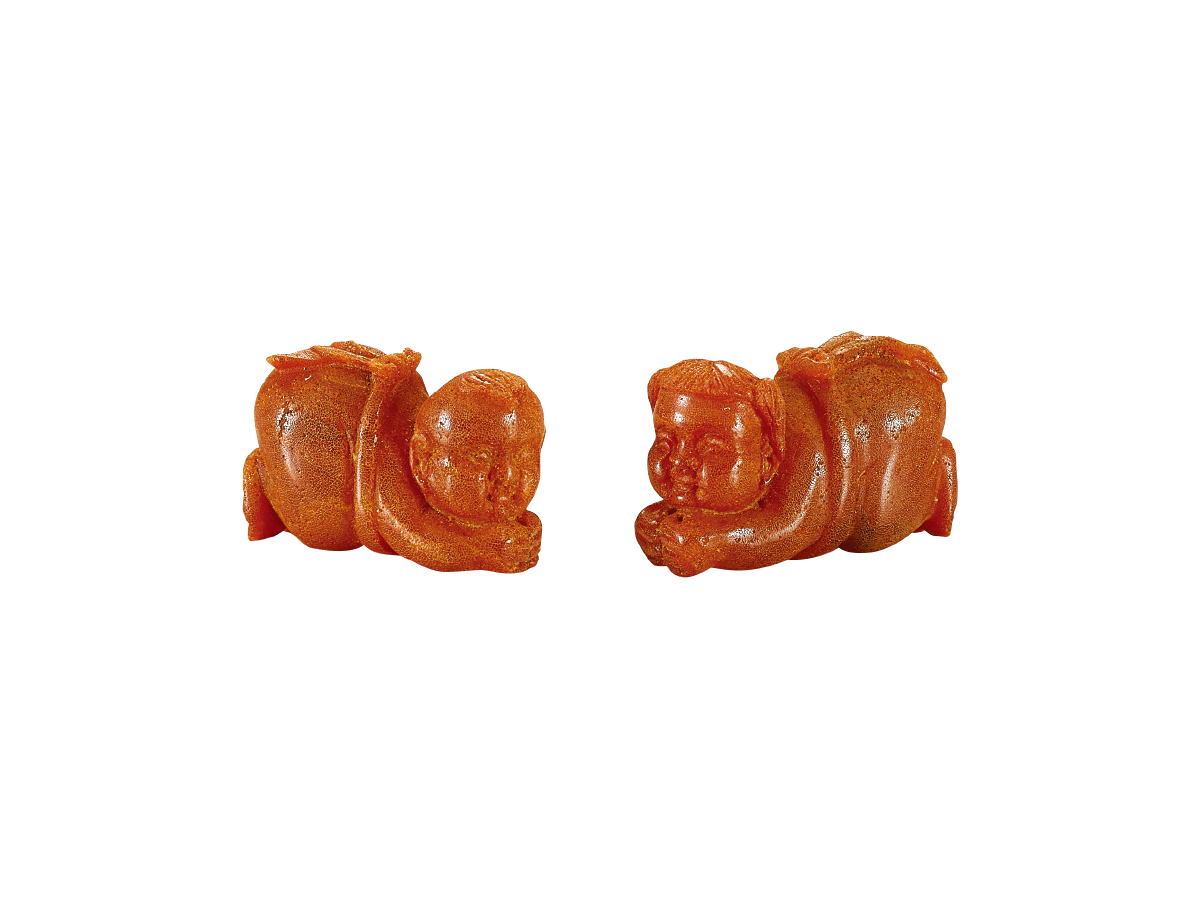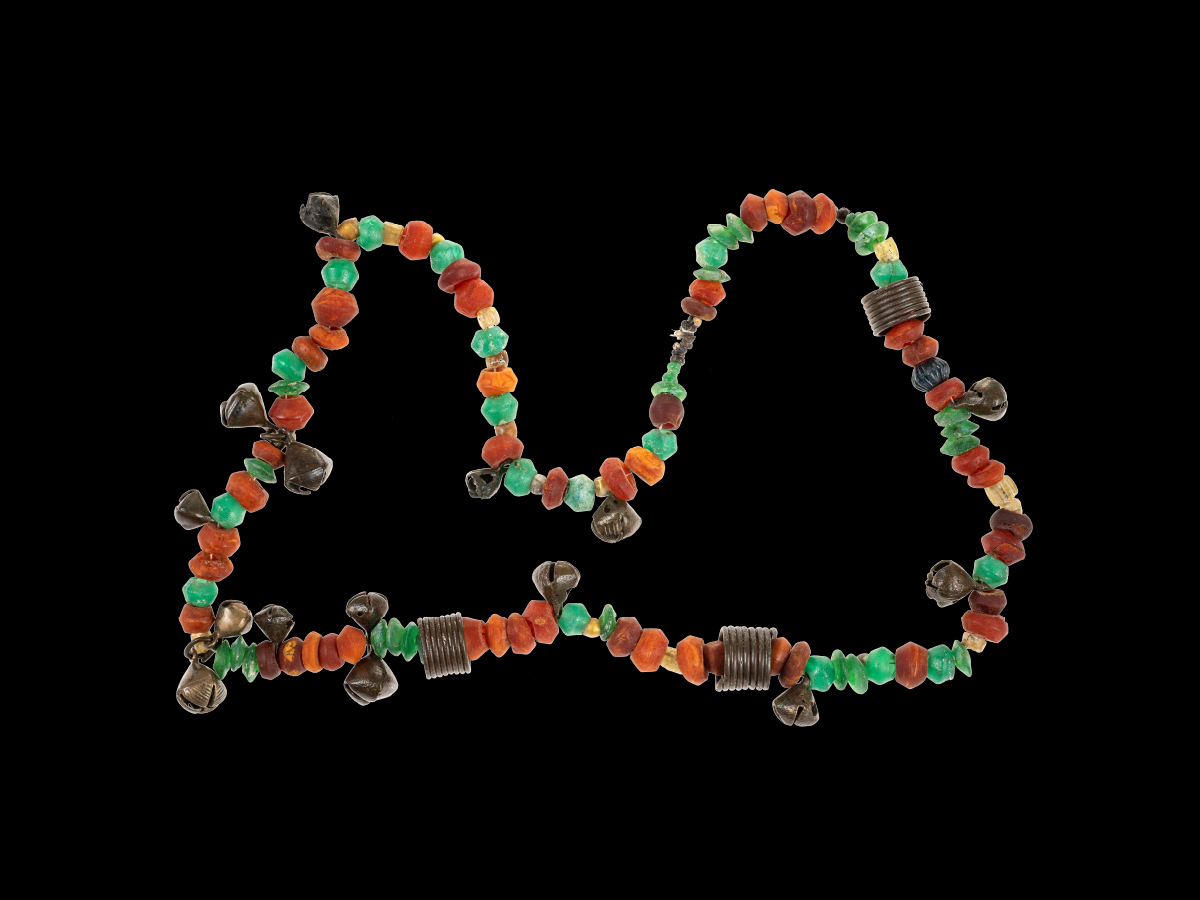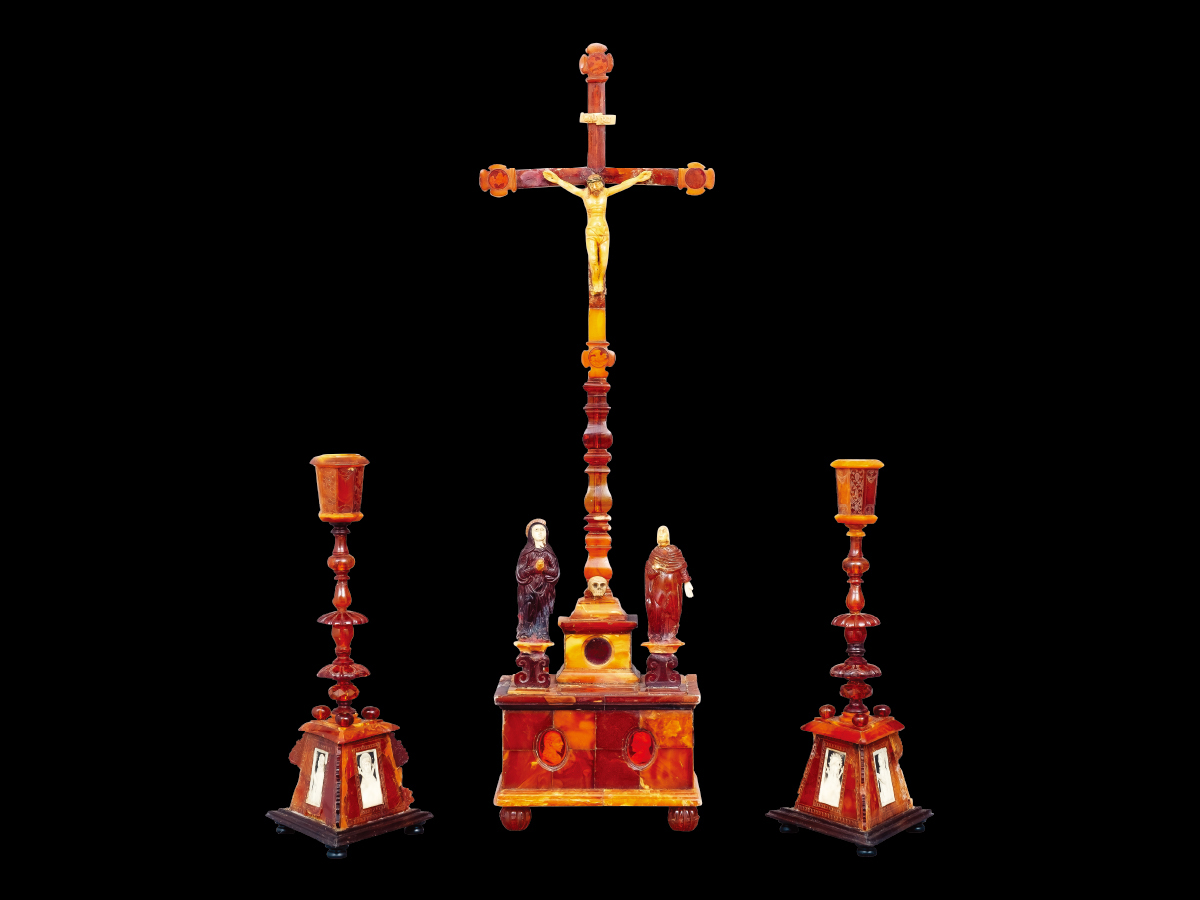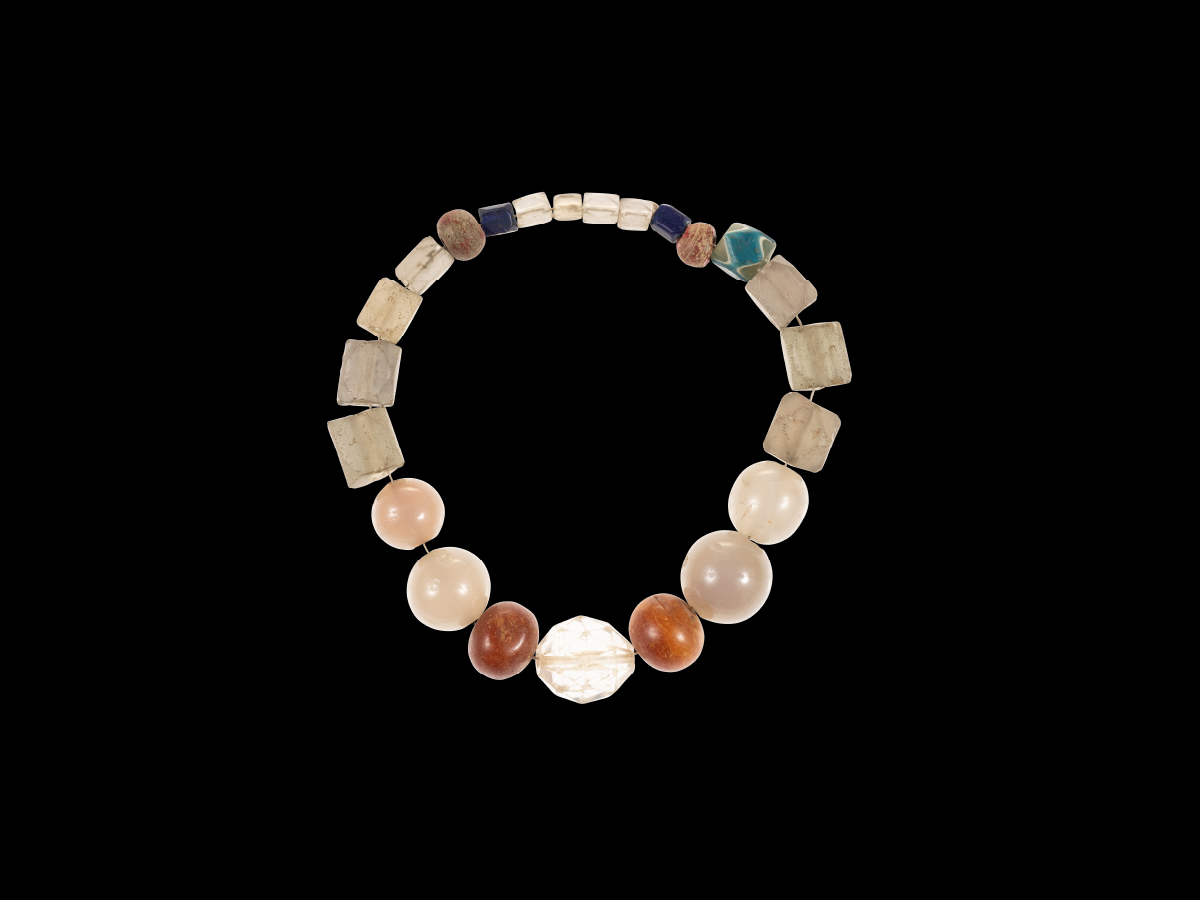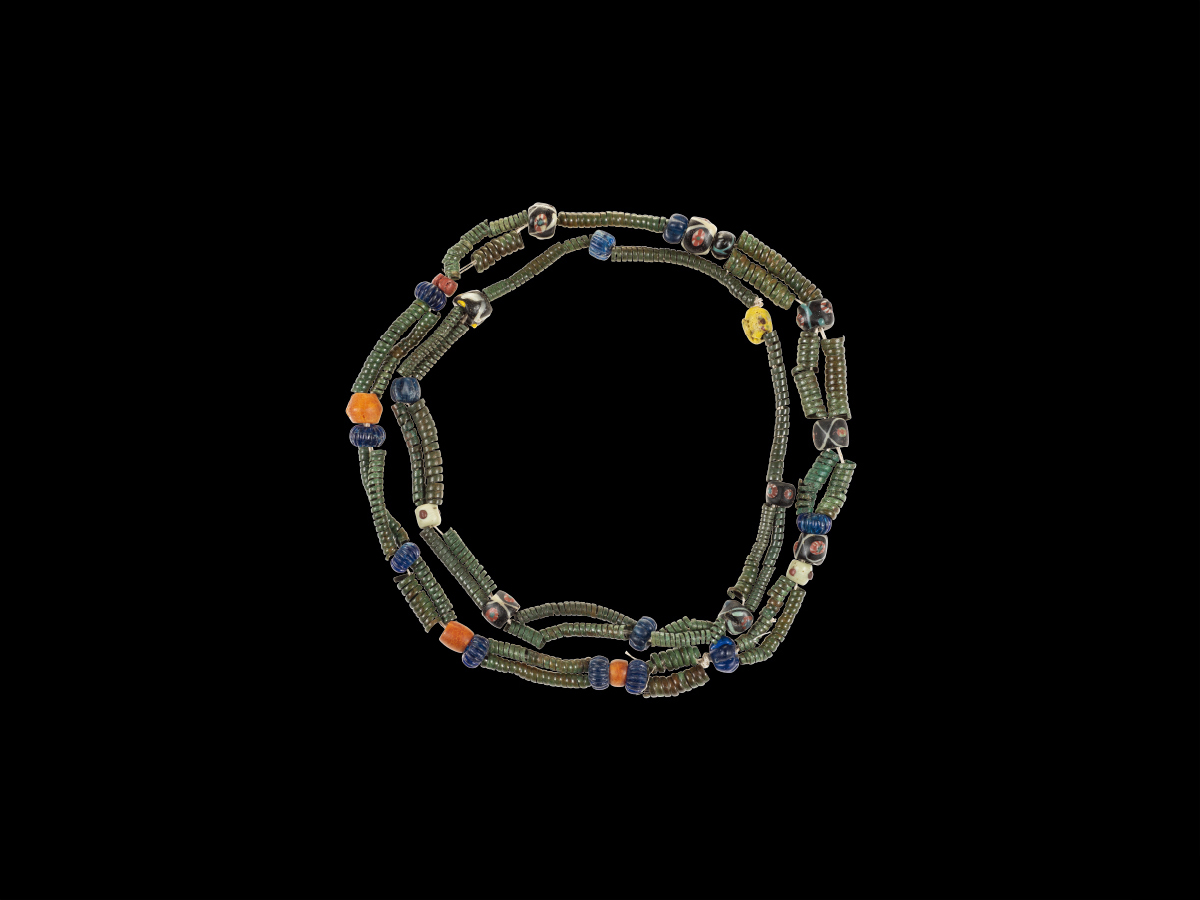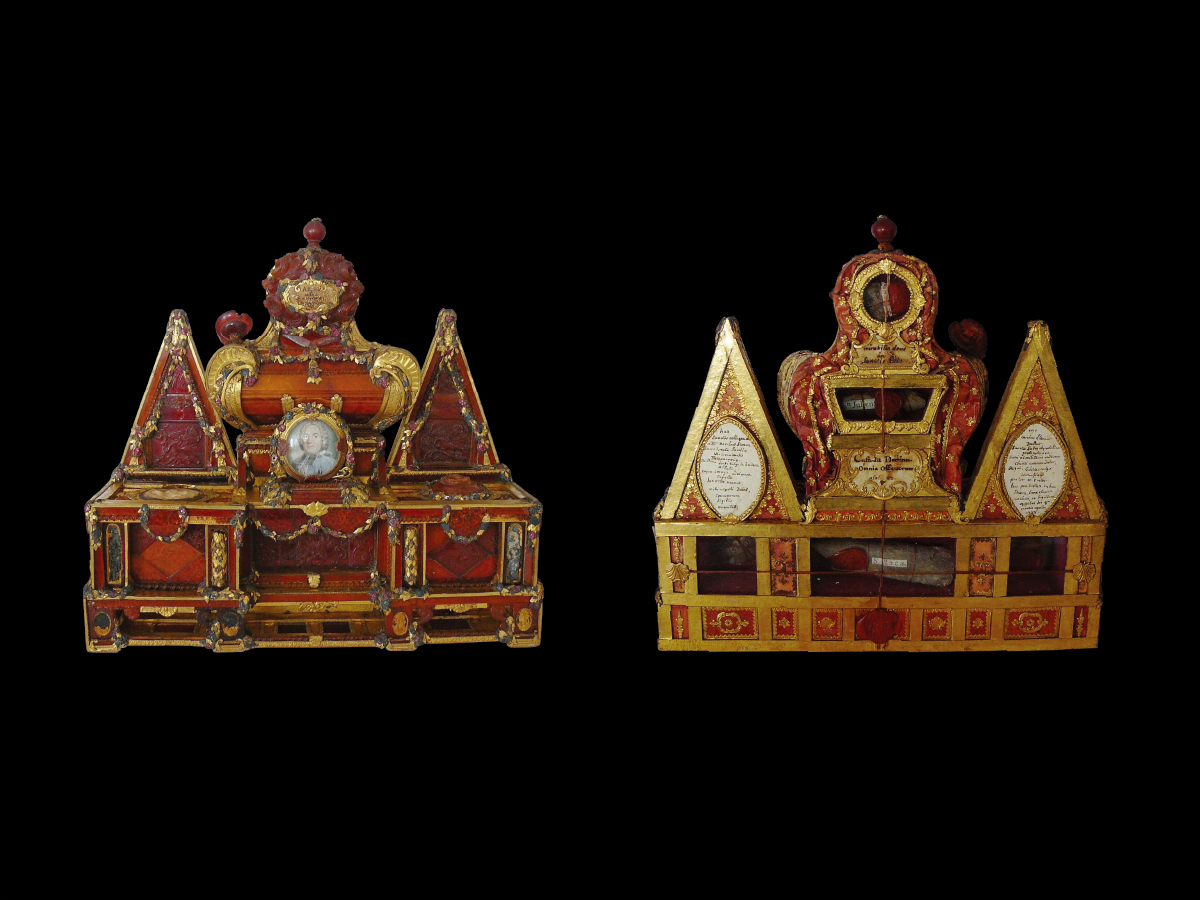Amber in Early Modern Europe and during the Liao Dynasty (916-1125)
China
The Qidan rulers of the Liao dynasty, and the nomadic kingdoms that preceded them, were great patrons of the Silk Road which enabled them to procure such foreign articles as tea and amber, both of which they greatly valued—the latter a taste not initially shared by the Han population. The Liao made great use of amber to create jewellery, pendants, Buddhist objects, and small figurines, all of which display highly skilled craftsmanship. As treasured possessions, these objects were buried with their owners in their tombs. Especially striking are the long amber necklaces worn by the nobility. Amber was also prized for its medicinal attributes, believed to cure a multitude of diseases and to relieve pain.
Europe
In early modern Europe, German rulers occupied the Baltic regions—the main source of amber—and controlled its harvesting and production. To this end they established specialized workshops (guilds) in their territory, effectively monopolizing the creation and trading of religious amber artefacts and magnificent secular pieces made for European royalty.
The religious division of Europe into Protestant and Catholic countries in the early 16th century directly affected the amber trade. Because the northern German and Baltic states were mainly Protestant (rejecting the use of devotional objects), their workshops focused more on secular artworks, for which they reserved the best quality amber. At the same time the demand for religious artefacts in amber increased in the Catholic states. The German monopoly only released lower quality amber for external trade, and thus in Catholic Europe these cheaper, smaller pieces were made into beads, ideal for rosaries and chaplets; sliding through the fingers during prayers, the amber beads would help heat the hands while releasing the pleasing aroma of pine resin.
Pomegranate-Form Pendant
Liao Dynasty (916-1125)Amber
H. 3.6 cm x L. 11 cm x W. 5 cm
Mengdiexuan Collection
Bead Necklace with Three Carved Pendants
Liao Dynasty (916-1125)Amber, bodhi seed
L. 31 cm
Mengdiexuan Collection
Necklace with Pendants
Liao Dynasty (916-1125)Amber, gilt-silver
L. 30 cm
Mengdiexuan Collection
Guardian God and Demon
Liao Dynasty (916-1125)Amber
L. 6.5 cm x W. 4.3 cm
Mengdiexuan Collection
Buddhist Lion Pendant
Liao Dynasty (916-1125)Amber
H. 4.8 cm x W. 4.6 cm
Mengdiexuan Collection
Pair of "Kneeling Boy" Toggles
Song Dynasty (960-1279)Amber
Larger: H. 2 cm x W. 3.3 cm
Mengdiexuan Collection
Necklace
12th centuryAmber, glass, gold, bronze
Beads Diam. 1.4 cm -1.8 cm
National History Museum of Latvia
Spanish Style Crucifixion
late 17th centuryAmber, wood, organic materials
Crucifix: H. 46 cm x L. 14 cm x W. 8 cm
Candlesticks: H. 22 cm; on triangular base 10 cm/ side
Fondation Fourvière – Musée d’art religieux
Necklace
17th centuryAmber, glass, semi-precious stones
Beads Diam. 2.1 cm
National History Museum of Latvia
Necklace
11 - 12th century CEAmber, glass, bronze
Beads Diam. 1.2-1.5 cm
Spirals H. 2.4 - 6.8 cm
National History Museum of Latvia
Reliquary with Amber Veneer
1772Amber, wood, gilding, paint, glass, enamel, wax
H. 28 cm x L. 29.5 cm x W. 8 cm
Collection de l'Association Trésors de Ferveur


